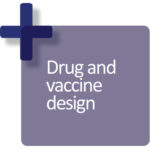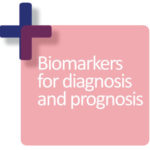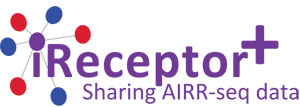Overview
The international iReceptor Plus consortium aims to promote human immunological data storage, integration and controlled sharing for a wide range of clinical and scientific purposes.
The four-year project, which is co-funded by the EU and Canadian government, aims to develop an innovative platform to integrate distributed repositories of Adaptive Immune Receptor Repertoire sequencing (AIRR-seq) data. This information will be used for enabling improved personalized medicine and immunotherapy in cancer, inflammatory and autoimmune diseases, allergies and infectious diseases.
iReceptor Plus will enable researchers around the world to share and analyze huge immunological datasets taken from healthy individuals and sick patients that have been sequenced and stored in databanks in multiple countries.
Currently, most AIRR-seq data are stored and curated by individual labs, using a variety of tools and technologies. The innovative platform will lower the barrier to access and analyze large AIRR-seq datasets which will ease the availability of these important data to academia, industry and clinical partners.
iReceptor Plus will advance the understanding of immune responses, and thus provide new targets for therapies and new methods for monitoring therapeutic efficacy.
The project will offer a totally new class of biomarkers to support novel treatments. The ability to share and compare AIRR-seq data will also promote the discovery of biomedical interventions that manipulate the adaptive immune system such as vaccines and other immunotherapies.
iReceptor Plus will benefit:



The project, which is composed of 20 partners, has received €7.85 million from the EU through the Horizon 2020 Research and Innovation Programme and an additional C$800,000 from the Canadian government.
Through its academic, clinical, and industrial partners, database nodes of the iReceptor Plus network will be established at several international sites to show its effectiveness in the context of both clinical and biopharma use-cases.
